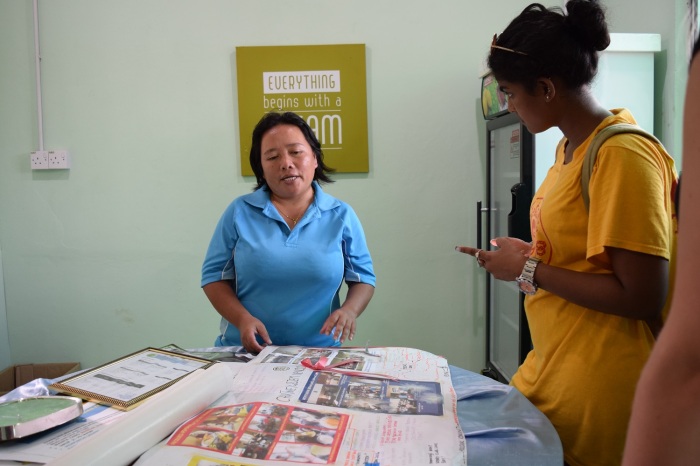Words by Yeo Li-Sha
Photos by Yeo Li-Sha
- The word ‘Tapun’ by the Dusun people (Interviewed Gordon from PACOS)
‘Tapun’ is a sacred word used by the Dusun people to decline food politely when offered in order to avoid any bodily injuries by the evil spirits. They believe that if you or reject a meal without saying ‘Tapun’ you will face physical harm, such as falling down the road.
So the way of using ‘Tapun’ is that when you are offered food and you are not hungry, kindly decline the offer by gently touching the tip of the food or the tip of the plate and say ‘Tapun’.



